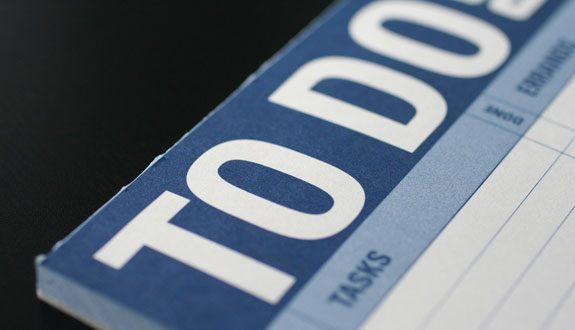
Above The Law’s (ATL) employment-based law school rankings are out. These are my favorite law school rankings. ATL’s rankings are a huge improvement on the U.S. News methodology. No one cares about how many books a law school has in its library, unless you can use them to heat your home after you strike out in the job market.
Here are the top 20 law schools according to ATL, with the change from last year in parentheses:
1. Yale (0)
2. Harvard (+1)
3. Stanford (-1)
4. Columbia (+4)
5. Chicago (-1)
6. NYU (+4)
7. Duke (-1)
8. Penn (-3)
9. UVA (-2)
10. Michigan (+2)
11. Northwestern (+2)
12. Berkeley (-3)
13. Cornell (-2)
14. Vanderbilt (+1)
15. Texas (-1)
16. Georgetown (0)
17. Nortre Dame (+1)
18. Iowa (+19)
19. UCLA (-2)
20. Georgia (-1)
California schools dipped due to the slow state economy. New York City’s elite law schools both took big jumps since last year, thanks to improved big law placement. But the huge winner this year is the University of Iowa College of Law, which climbed 19 spots in the rankings due mostly to a 16 percent cut in tuition.
Some Criticisms of the ATL Rankings
The ATL rankings aren’t without their critics.
Some feel that too much weight is given to unicorn jobs, like Supreme Court clerkships, and federal judicial appointments. Others think that ATL isn’t making enough of an effort to figure out how well law schools place their students into prestigious government jobs other than judicial clerkships.
These are valid points and you should keep these weaknesses in mind. No ranking system is prefect.
How To Use The ATL Law School Rankings
While I do think that the ATL rankings are a major improvement on the U.S. News rankings, you shouldn’t base the majority of your decision to attend a given law school on any rankings system.
In short, ATL’s law school rankings are merely a helpful starting point, but there is plenty of hard work left for you to do.
You should figure out your career goals (big law? public interest? federal clerkship?), look up how well your schools place in your chosen career, and calculate your monthly loan payments – not forgetting to factor in annual increases in tuition and interest on your loans. If you’re shooting for a career in public interest or government, you should also familiarize yourself with the loan repayment assistance programs at your schools.
When you’re evaluating a law school’s jobs placement, don’t give too much weight to any one year. There can be both boom and bust years that aren’t representative of the school’s average performance. For example, Penn killed it last year in big law placement, but didn’t do as well this year.
Finally, a difference of a few spots in any law school rankings might be pretty meaningless. For instance, don’t pick Michigan over Northwestern just because the former is ranked slightly higher by some formula that might not even be relevant to your career goals. The two schools have very different strengths in job placement when you dig a little deeper.
Alternative Law School Rankings
There are a few other alternative rankings you should know about.
The folks over at the Top Law Schools forum put together a law school ranking based on federal clerkships and big law placement – they simply add the two percentages together. I like this method because these employment stats are very difficult for law schools to game. Here are the top 10 law schools according to this method:
1. Columbia: 73.2 + 4.8 = 78%
2. Stanford: 48.5 + 29.4 = 77.8%
3. Chicago: 62.3 + 10.2 = 72.6%
4. Harvard: 54.5 + 17.0 = 71.5%
5. Penn: 59.8 + 9.3 = 69.1%
6. Cornell: 57.5 + 10.9 = 68.4%
7. NYU: 58.3 + 8.8 = 67.0%
8. Yale: 30.5 + 35 = 65.5%
9. Northwestern: 55.6 + 7.7 = 63.4%
10. UVA: 50 + 12.9 = 62.9%
While not strictly a ranking, Law School Transparency is a great resource for the prospective law school student. They’ll give you honest cost of attendance estimates, and a handy underemployment score, among other useful measures.
Over at the TaxProf Blog, you can see how law schools rate each other, as well as a list of the most overrated and underrated law schools. Both lists are based on U.S. News data.
To keep a healthy perspective on rankings you should read this ATL post about the rankings published by Cooley Law School. Spoiler warning: Cooley ranks itself number 2. I’m still hoping that these rankings are a clever bit of satire, although the absence of The Derek Zoolander School of Law for Kids Who Can’t Read Good and Want to Do Other Stuff Good Too makes me doubt it.
Good luck choosing your law school. Or, if you’re studying for the LSAT, quit worrying about rankings and hit the books!




